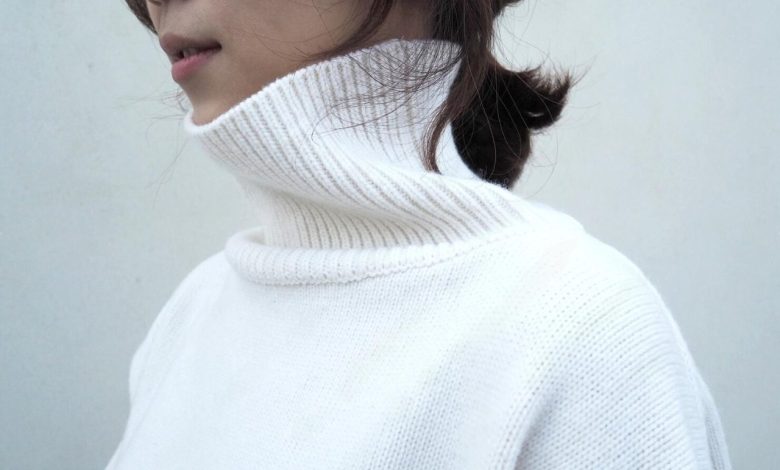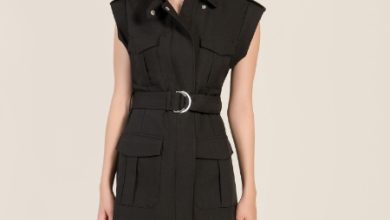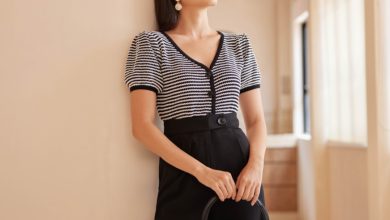Beyond the Scarf: Understanding the Design and Appeal of the Cowl Neck

Cowl neckline on a dress resembles loosely hanging folds of a drape in sleeveless or short and long sleeve arm lengths. Also known as drape front, the length of a cowl neckline can vary and primarily depend on the choice of fabric in making the dress. Cowl creates the illusion of a scarf and provides volume and layering, perfect for a busty look. Needless to say, with a cowl neckline go minimal on the jewelry. Boat neck is a leaner version of Cowl neckline.
The word cowl originates from a ‘Cuculla’, an Italian word for ‘hood’. The history of cowl neckline dates back to medieval times when it served the dual purpose of a cape and a hood. France-based designer Madeleine Vionnet is reportedly the first one to have come up with the cowl neck and halter neckline. In the early 1920s, she fashioned unique drape-like patterns on a dress with what she named the ‘bias cross cutting’ method, which gained immense popularity in the following years. Designers widely incorporated the technique in fashioning gowns from a variety of fabrics like silk, chiffons, and crepes.
In recent years, it is a popular choice of neckline in casual wear, evening dresses, wedding gowns, cable-knit tunics, and sportswear as well. Not just that, designers have even fashioned cowl back dresses and cowl sleeves. This neckline prominently features in knitwear tops fashioned with wool, acrylic, and cashmere. Cowl necks are also available separately as wraps to be worn as ponchos, pullovers, and shrugs.




